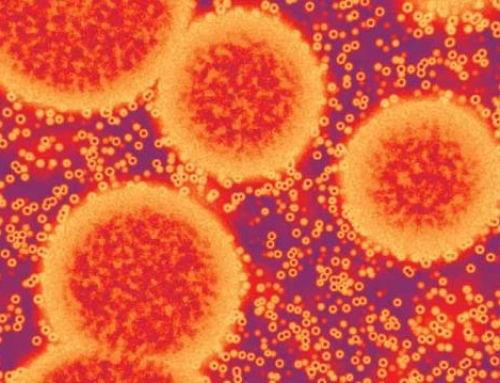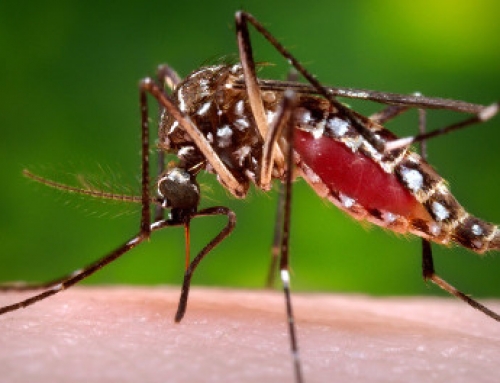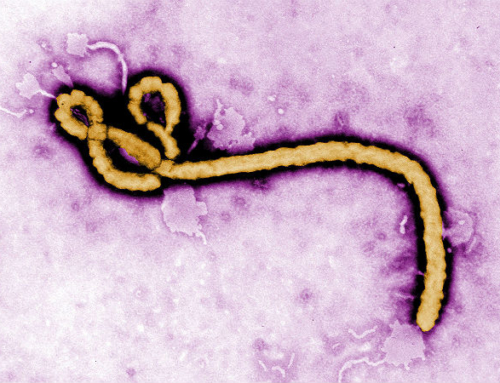
Fig 1: Predicted distribution of Aedes aegypti globally. The map depicts the probability of occurrence (blue=none, red=highest occurrence). Source: Moritz UG Kraemer, et al
Pathogenicity of ZIKV
ZIKV belongs to the Flavivirus genus of the Flaviviridae family, and is closely related to other flaviviruses, such as dengue, yellow fever, and Japanese encephalitis. Zika fever is often asymptomatic, or may manifest mild symptoms such as malaise, fever and joint pain, with a macropapular rash commonly found on the body [6, 7]. Although, the female Aedes aegypti mosquito is mainly responsible for its spread the virus has also been isolated from other species of the Aedes genus. The global spread of the primary vector has increased manifold due to trade and travel, resulting in the worldwide spread of Zika fever. Studies also revealed that the mosquitoes are adapting for survival in cold, northern climates. Apart from infected mosquitoes, ZIKV is also transmitted via sexual contact, blood transfusions, as well as across the placental barrier [8]. Recent evidence has associated ZIKV to microcephaly in infants and Guillian–Barré syndrome in adults [9].
Clinical aspects
Although the exact incubation period of the virus is not known, it is between 3-12 days. Febrile illness, along with macropapular rash, arthritis or arthralgia, nonpurulent conjunctivitis, myalgia, headache, retro-orbital pain, edema, and vomiting are the most common symptoms. A high incidence of microcephaly has been detected in children born to mothers infected with the virus. Subsequently, ZIKV was also detected in the amniotic fluid, as well as brain tissue of children with microcephaly, which is unequivocal evidence for maternal transmission of ZIKV infection. Studies also revealed neurological complications, and a strong association between Zika infection and Guillain–Barré syndrome [10].

Fig 2: How ZIKV enters the human population. The virus originates in non-human primates from tropical rainforests, but can infect humans. Stagnant water attracts mosquitoes, which are the primary vector for spreading the virus.




